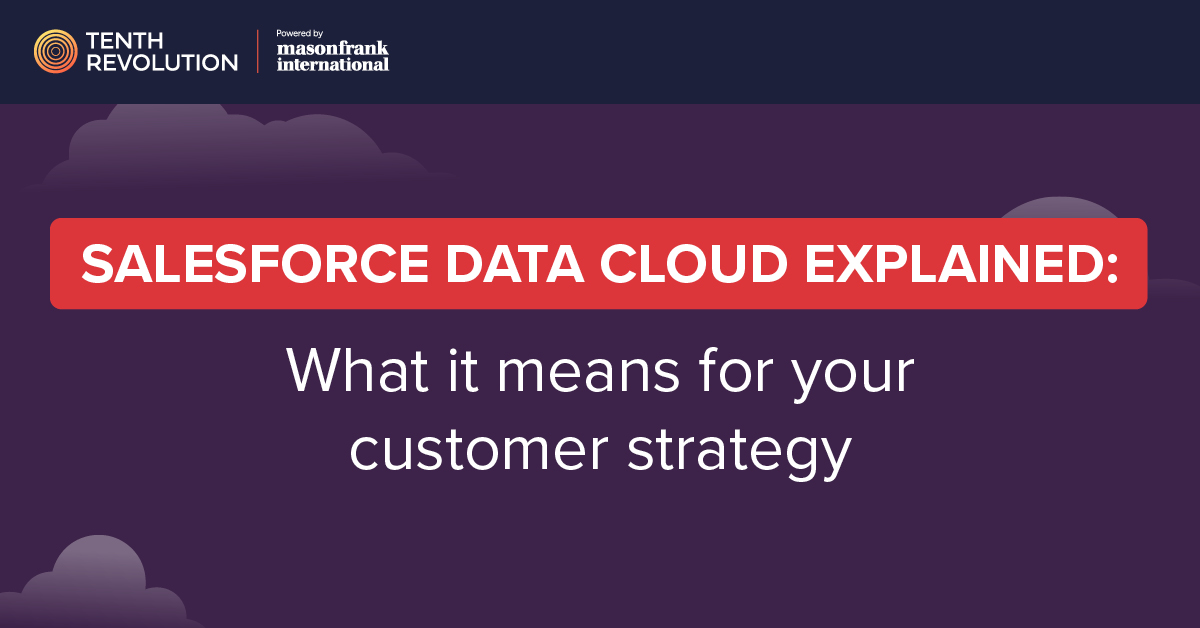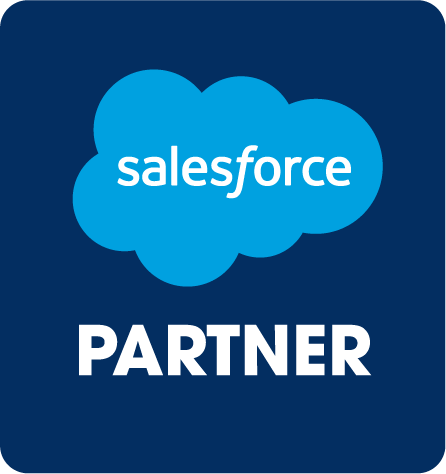
Business leaders everywhere are asking the same question: How do we turn sprawling data investments into something actionable?
Salesforce Data Cloud is emerging as the answer. By combining zero-copy and zero-ETL federation with modern warehouses like Snowflake and Databricks, it is quickly becoming the system of record for customer 360 and the foundation for AI.
To make this blog a little different, let’s frame it as answers to the questions executives most often ask when considering Data Cloud.
What problem does Data Cloud actually solve?
Most enterprises already have warehouses, lakehouses, and multiple data systems. The issue is not storage, it’s activation. Customer-facing teams struggle to use this data in real time, and AI copilots often run on outdated or incomplete information. Data Cloud addresses this by unifying records into consent-aware profiles and activating them directly in Salesforce.
How does zero-copy federation change the game?
Traditional ETL requires copying data from warehouse to CRM. That introduces cost, latency, and compliance risk. With zero-copy federation, Salesforce can query the data where it already resides. This keeps governance intact while making real-time insights available for personalization, analytics, and AI grounding.
If your business is exploring zero-copy integration, Mason Frank can connect you with Salesforce Data Cloud experts who know how to integrate with Snowflake and Databricks.
What does this mean for AI adoption?
Generative AI only performs well when it’s grounded in accurate data. With Data Cloud, copilots and agents like Einstein Copilot and Agentforce act on unified profiles instead of stale records. That means AI-generated responses are more relevant, more compliant, and more valuable to both employees and customers.
Where could enterprises start seeing value?
Executives often ask where to begin. The most common starting points include:
- Personalization in real time, such as activating purchase data from Snowflake to deliver targeted offers.
- Customer service grounding, where AI agents use Data Cloud profiles to suggest compliant, accurate resolutions.
- Unified analytics, blending operational data from warehouses with CRM activity to predict churn or cross-sell opportunities.
- AI-ready compliance, embedding consent preferences into every profile so AI outputs respect privacy requirements.
Want to understand the skills gap around Data Cloud talent? Our Salesforce Careers & Hiring Guide shares the latest hiring trends and why demand for data expertise is rising.
How should leaders prepare for adoption?
Rolling out Data Cloud isn’t a technical lift alone—it requires executive sponsorship and a roadmap. Leaders should:
- Audit data pipelines to identify duplication and latency.
- Prioritize one or two high-impact use cases where ROI is measurable.
- Align governance frameworks early with compliance and security teams.
- Upskill or hire talent with experience in Data Cloud integrations.
- Expand gradually, scaling to more departments once early wins are proven.
Why this matters for executives
Data Cloud is more than a new Salesforce feature. It’s a strategic opportunity to make your CRM the interface to your entire enterprise data estate. By reducing latency, embedding compliance, and grounding AI in trusted information, it helps leaders deliver personalization and intelligence at scale.


